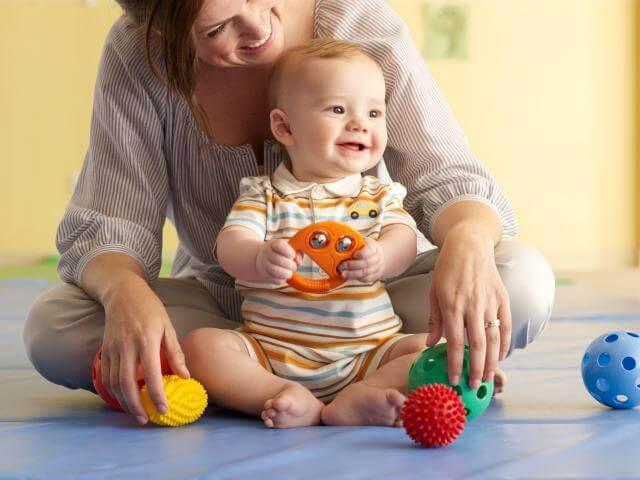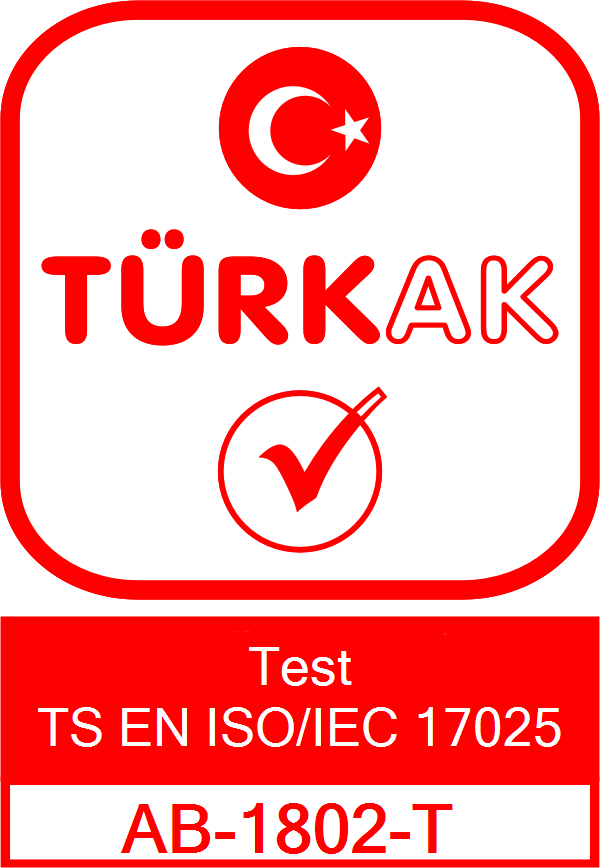
Phthalate Test in Children's Toys
Phthalate Test in Children's Toys
Contents
Phthalates are chemical compounds used as plasticizers in many plastic products. The phthalate content in children's toys is a major concern due to the risk that children ingest these toys and the phthalates enter the body. It is known that phthalates can affect hormones and cause various health problems. For this reason, many countries have restricted the phthalate content in children's toys and baby care products.
Testing for the phthalate content in children's toys is a critical step to ensure the safety of the product. Phthalate testing is performed using mass spectrometry (GC-MS), often combined with gas chromatography.
**How is Phthalate Test Performed?**
1. **Sample Preparation**: The toy material is ground and a homogeneous sample is obtained.
2. **Preparation of Extract**: The sample taken from the toy is kept in a solvent for the extraction of phthalates.
3. **Analysis**: The obtained extract is given to the mass spectrometry (GC-MS) instrument combined with gas chromatography. This device evaporates the compounds in the sample at a certain temperature, and then separates and analyzes these compounds.
4. **Evaluation of Results**: The results obtained are evaluated according to the determined standards. If the sample contains phthalates above the permissible limits, the product will not be placed on the market.
The important thing is that companies that produce or import children's toys have these tests done regularly. Consumers should also be aware of whether the product contains phthalates when purchasing toys.
Parents and consumers can access such information by checking the certificates indicated on the products or by referring to the manufacturer/distributor information.

